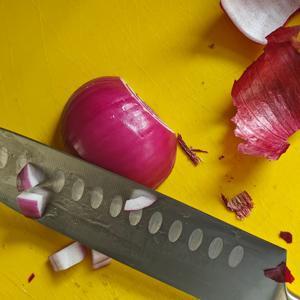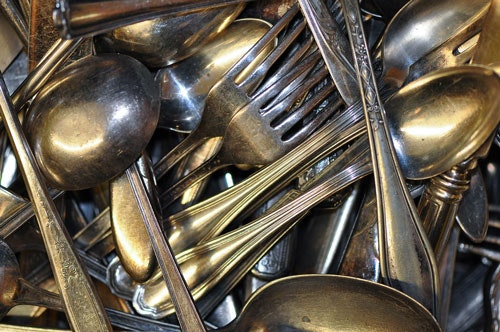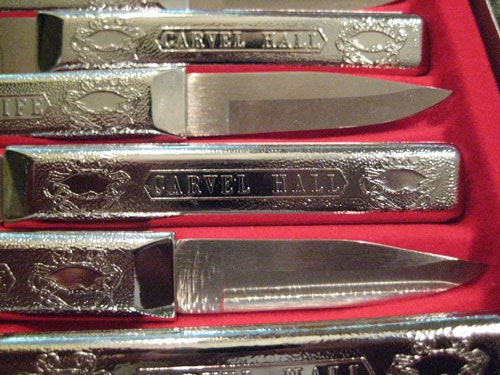Tedium - Never A Dull Moment 🔪
|
|
|
|
|
|
|
|
|
|
Older messages
Comedic Consultant 💻
Friday, July 12, 2024
A former Daily Show host's questionable tech ties. Here's a version for your browser. Hunting for the end of the long tail • July 12, 2024 Comedic Consultant Trevor Noah has been on the
Splog Prevention 🛑
Thursday, July 11, 2024
Why I bought an old employer's expired domain. Here's a version for your browser. Hunting for the end of the long tail • July 10, 2024 Splog Prevention Why I ended up taking ownership of the
Mind The Pregap 💿
Saturday, July 6, 2024
The tale of the pregap, a weird quirk of the compact disc era. Here's a version for your browser. Hunting for the end of the long tail • July 06, 2024 Today in Tedium: Having gotten through a
Keys To The Future 📱
Friday, July 5, 2024
A new keyboard taps into a useful open-source discussion. Here's a version for your browser. Hunting for the end of the long tail • July 05, 2024 Keys To The Future Thoughts on a new phone keyboard
Controlled Panic 🚨
Thursday, July 4, 2024
The Linux kernel gets a potentially user-friendly feature. Here's a version for your browser. Hunting for the end of the long tail • July 03, 2024 Controlled Panic An upcoming iteration of the
You Might Also Like
WP Weekly 225 - Wins - New Launches, 2025 Predictions, Year 2024 Recap
Monday, January 6, 2025
Read on Website WP Weekly 225 / Wins All the 2024 stuff is behind us; hoping everyone is a winner going forward in this amazing WordPress community. Let's start 2025 with WordPress goodness upfront
SRE Weekly Issue #458
Monday, January 6, 2025
View on sreweekly.com A message from our sponsor, incident.io: Ever wonder how Netflix handles incidents at their scale? With incident.io, they've built a process that's smooth, scalable, and
OpenAI proposes a new corporate structure - Sync #500
Sunday, January 5, 2025
Plus: Nvidia's next move; the state of AI hardware startups; "AI factories" for war; BYD enters humanoid robot race; ChatGPT Search vs. Google Search; and more! ͏ ͏ ͏ ͏ ͏ ͏ ͏ ͏ ͏ ͏ ͏ ͏ ͏
🔋 You Need a Super-Fast USB Car Charger — First-Party vs. Third-Party Cookies
Sunday, January 5, 2025
Also: How I Use Shortcuts and Apple Numbers to Track My Time How-To Geek Logo January 5, 2025 Did You Know Theodore Roosevelt was the first US President to ride in an automobile while in office.
RD#487 Instance Hook Pattern
Sunday, January 5, 2025
co-located logic and controlled API
PD#607 Systems Ideas that Sound Good But Almost Never Work
Sunday, January 5, 2025
"let's just..." scenarios ͏ ͏ ͏ ͏ ͏ ͏ ͏ ͏ ͏ ͏ ͏ ͏ ͏ ͏ ͏ ͏ ͏ ͏ ͏ ͏ ͏ ͏ ͏ ͏ ͏ ͏ ͏ ͏ ͏ ͏ ͏ ͏ ͏ ͏ ͏ ͏ ͏ ͏ ͏ ͏ ͏
Android Weekly #656 🤖
Sunday, January 5, 2025
View in web browser 656 January 5th, 2025 Articles & Tutorials Sponsored Sick of your mobile apps crashing? Simon Grimm will show you how to fix them with less guesswork. Join Sentry's workshop
Daily Coding Problem: Problem #1659 [Easy]
Sunday, January 5, 2025
Daily Coding Problem Good morning! Here's your coding interview problem for today. This problem was asked by WhatsApp. Given an array of integers out of order, determine the bounds of the smallest
C#538 Unit Testing Clean Architecture Use Cases
Sunday, January 5, 2025
Battle-tested approach to unit testing
Sunday Digest | Featuring 'The World’s 10 Largest Companies by Revenue' 📊
Sunday, January 5, 2025
Every visualization published this week, in one place. Jan 5, 2025 | View Online | Subscribe | VC+ | Download Our App Hello, welcome to your Sunday Digest. This week, we visualized the income needed to







